Flashback Friday - How Nurse Rita Chow Brought Video Recording to the ICU
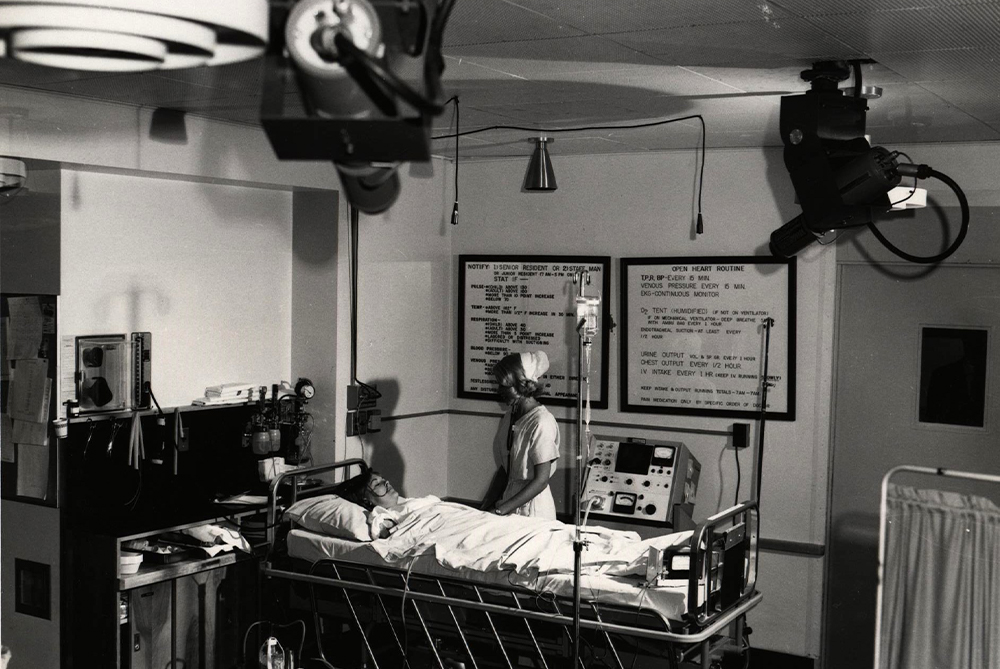
In 1965, a young nurse named Rita Chow had a novel idea for analyzing patient care in the complex environment of surgical intensive care: closed-circuit television.
Nobody had done it before. Recording on video tape? This was something newfangled, a little odd, and outrageously expensive.
At the time, Chow was pursuing a doctorate in education from Columbia University and had a deep interest in systems research. At Ohio State University (OSU) Hospitals in Columbus, she proposed a study to videotape the care of patients who had just undergone open-heart surgery. She hoped to answer an essential question: “What is good nursing?”
The response, at first, was noncommittal. The hospital administration told her, “‘We don’t have a penny for you, but we’ll give you a desk,’” she recalled years later in the book Fighting for the Dream: Voices of Chinese American Veterans.
No matter. Chow cobbled together financial support for the first year, and, when she shared her initial recording with the U.S. Public Health Service's Division of Nursing, it promptly funded her for three years, enabling her to assemble a nurse research team, a technical team that included audio and camera experts, an engineer, plus a studio. The medical school faculty and staff at OSU, perceiving the possibilities, climbed aboard.
“The fact that such an approach was not in any nursing textbook at that time motivated me. It seemed so difficult and expensive,” Chow recalled. “And it was expensive. But there were volunteers who came while I was working on the project in Ohio. Videotape was just being created at that time by the 3M Company. They supported the pilot study by donating the first reel of tape and sending a camera man, too.”
Today, such technology is outmoded and obsolete. But in the 1960s, though, Chow was nothing less than a pioneer. Television networks first started using videotape in 1956, shifting from live broadcasts to prerecorded programs. But it required highly skilled operators and, with a price tag of $50,000 (roughly the equivalent of $500,000 today), it was far from being a consumer item.
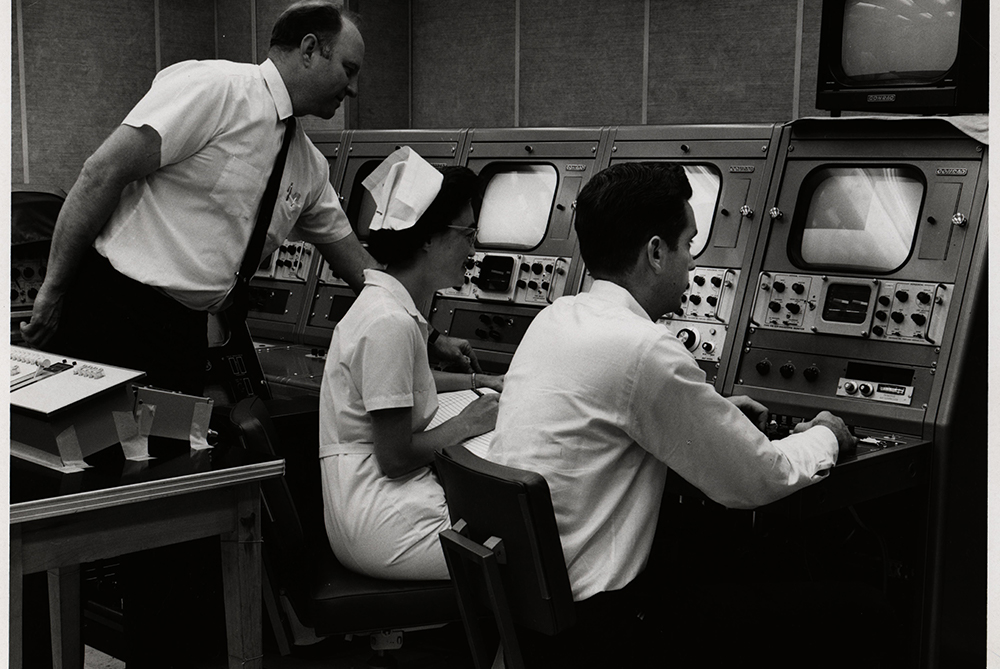
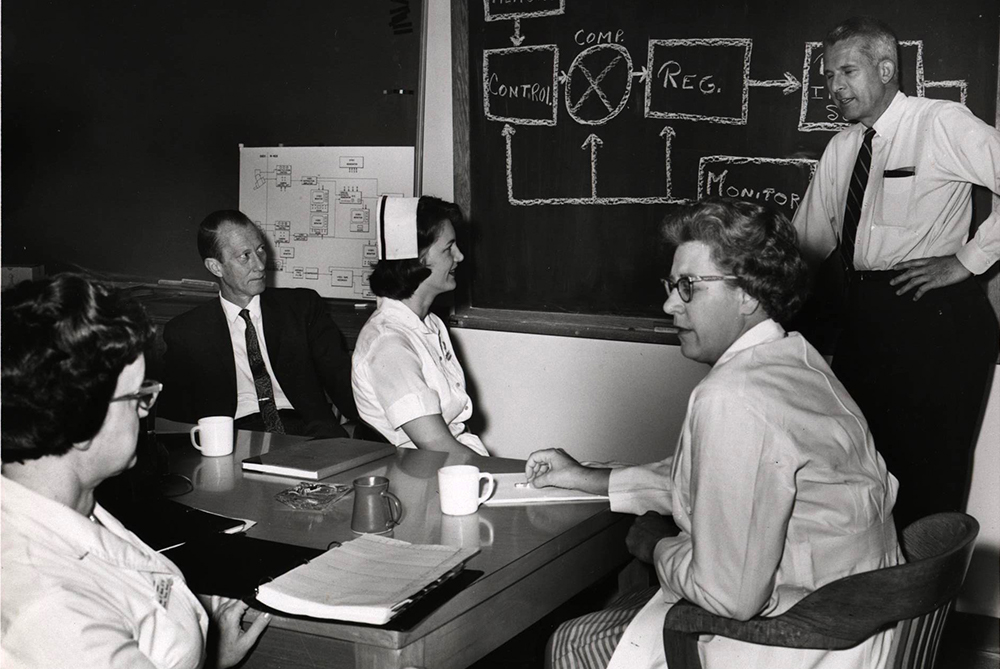
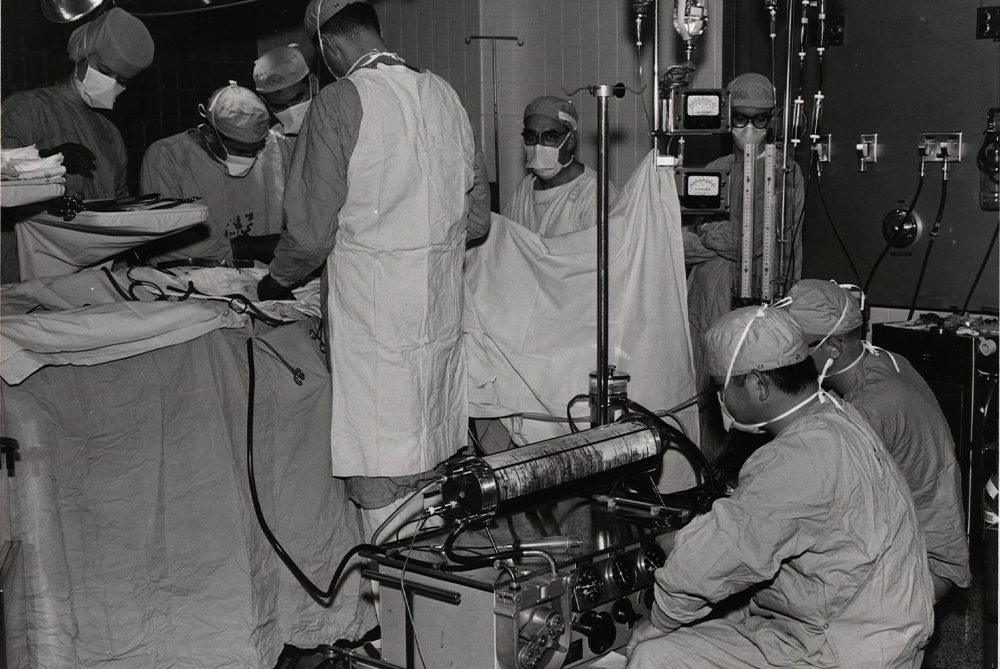
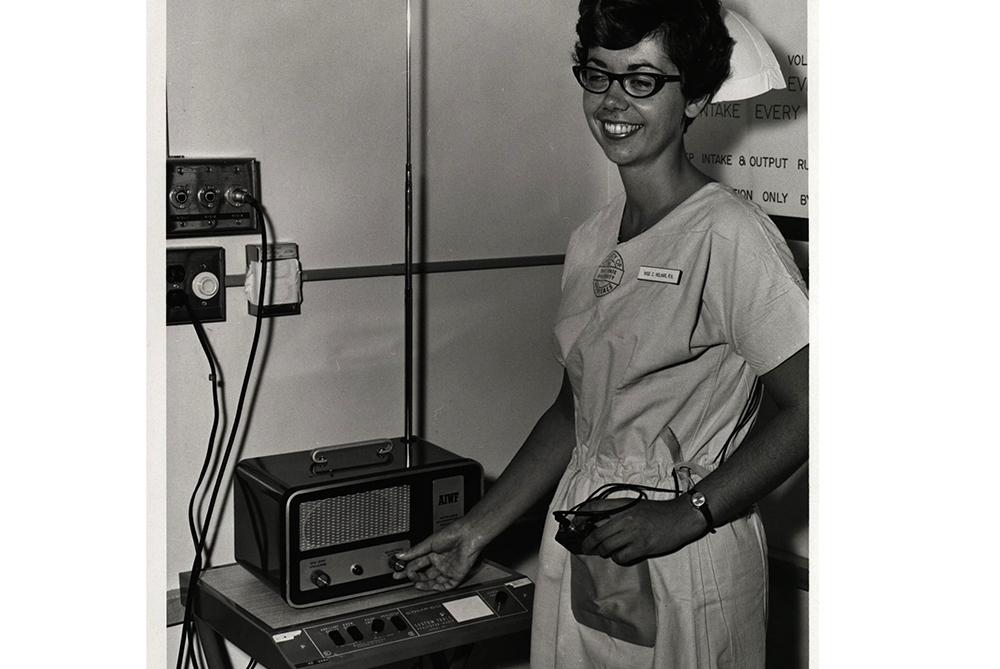
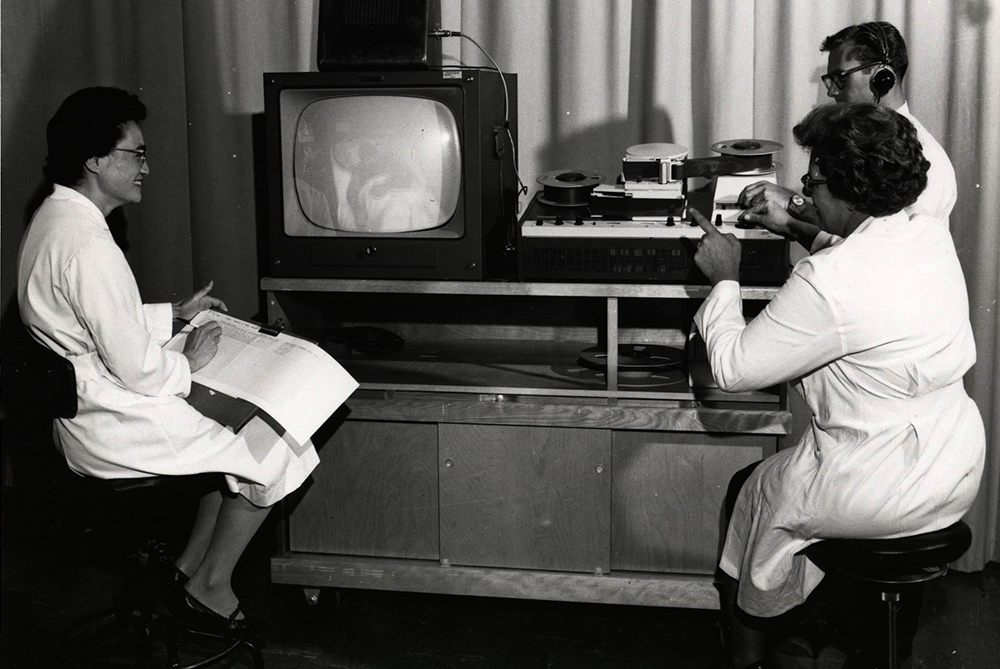
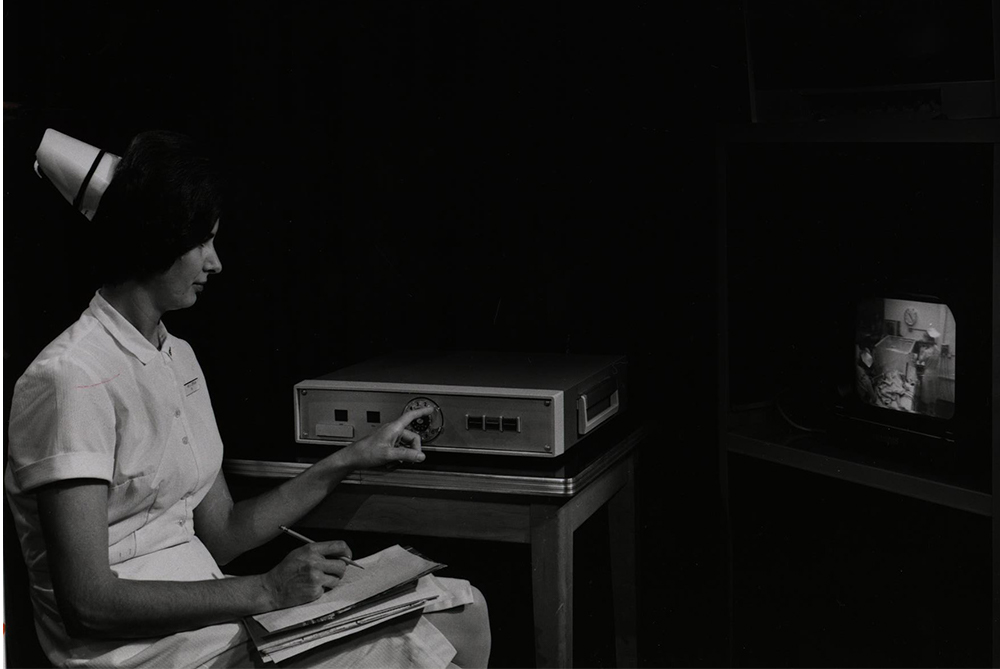
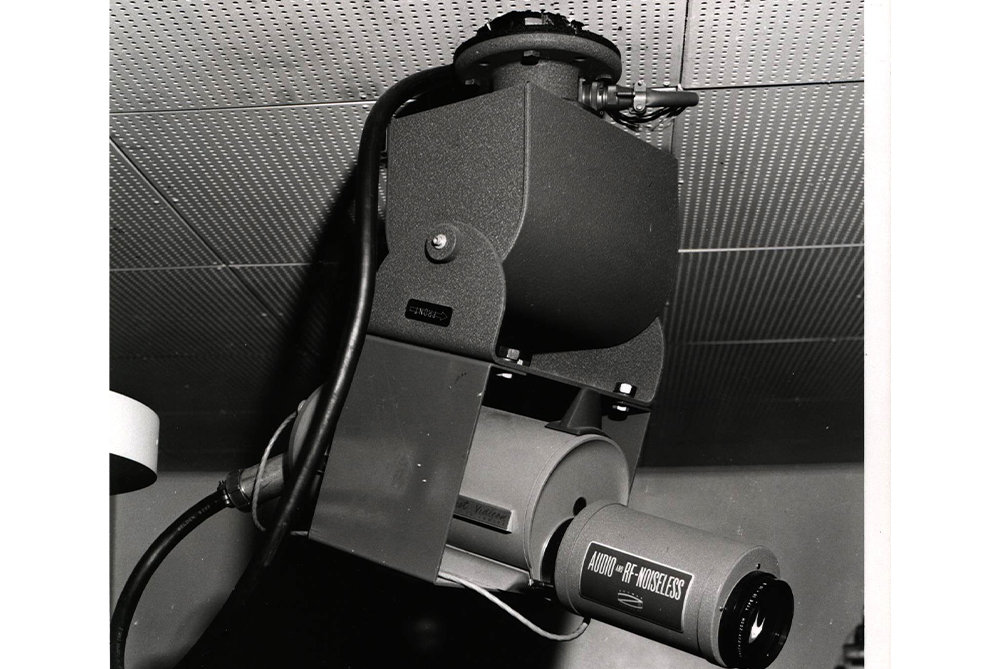
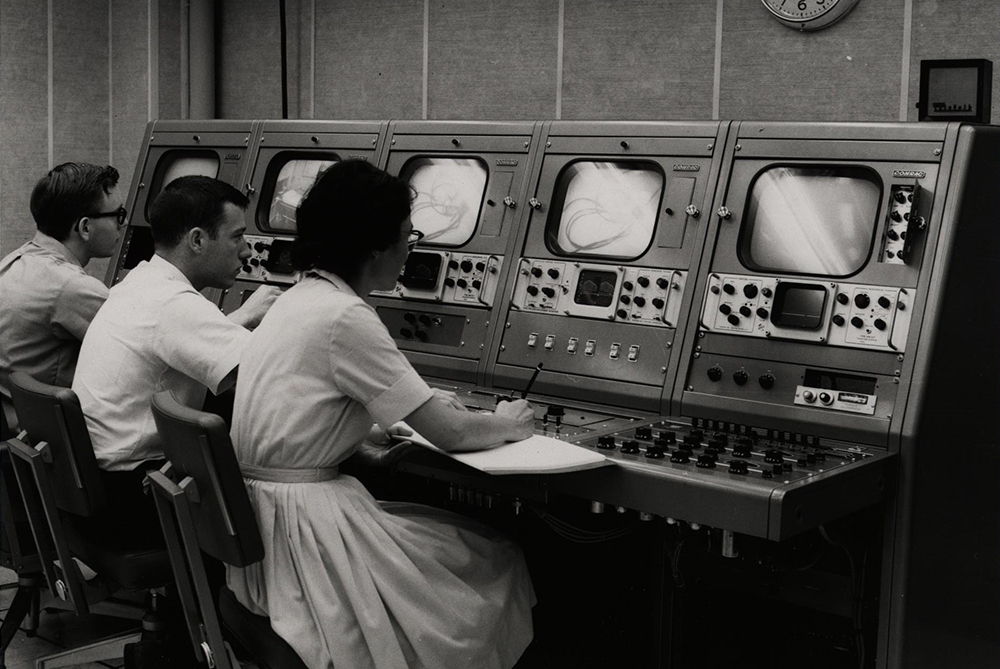
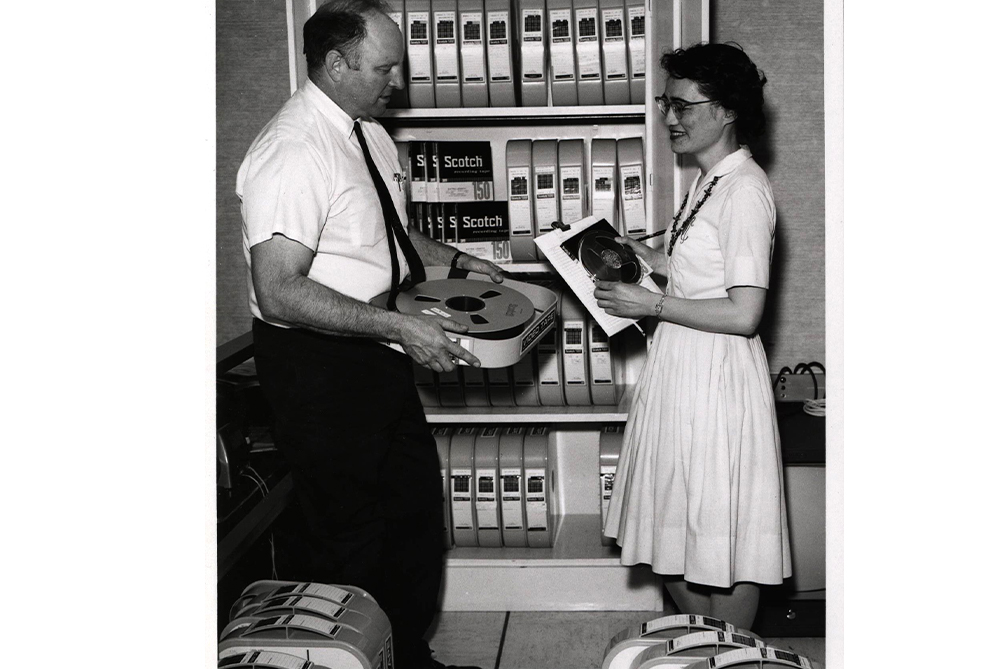
In the 1960s, few nursing fields were progressing as rapidly as care for cardiovascular surgical patients. Their postoperative needs—physiological as well as psychological—were a critical concern. After open heart surgery, patients required vigilant monitoring to prevent hypoxia, hemorrhage, cardiac, and circulatory failure.
During this volatile period, it was difficult to assess the impact of innovations in physiological instrumentation systems on the quality of nursing care. This kind of data was urgently needed. Without a video recording that could capture all the nonverbal information and a patient’s transient emotional states, medical teams lacked a complete picture of what was happening.
The recording technology that Chow implemented offered something else that was new: playback in slow motion for analysis. “And from that analysis, we would know what should be done, and be able to identify what scientific principles should be applied to that care,” Chow said. “I thought that if we could document what the nature of nursing is, then we would be able to teach it—to teach what should be done, and the scientific reasons for that care.”
In all, 23 adult and pediatric cardiac patients participated in the research study. The data from those many, many reels of magnetic tape became the foundation for Chow’s well-regarded textbook, Cardiosurgical Nursing Care: Understandings, Concepts, and Principles for Practice. Published in 1976, it was one of the few texts available on the subject. (A reviewer in the journal Nursing Research called the book "a cardiovascular nurse's joy, and [it] must surely be as handy as the monitor itself on the coronary or intensive care unit.")
For her contributions to cardiac nursing, Chow earned a distinguished service citation from the American Heart Association. Other professional honors followed, including induction into the American Academy of Nursing. After her pioneering work at OSU, Chow’s professional career took her down many ever branching paths that included clinical nursing, teaching, journalism, and research. In her distinguished career with the U.S. Public Health Service, Chow was at the forefront of some other key developments in modern nursing, from improving long-term care in the nation's nursing homes to developing a certification program for holistic nursing.
###
This #FlashbackFriday brought to you by the Bjoring Center for Nursing Historical Inquiry, one of only a few archives devoted to the history of nursing in the world.
